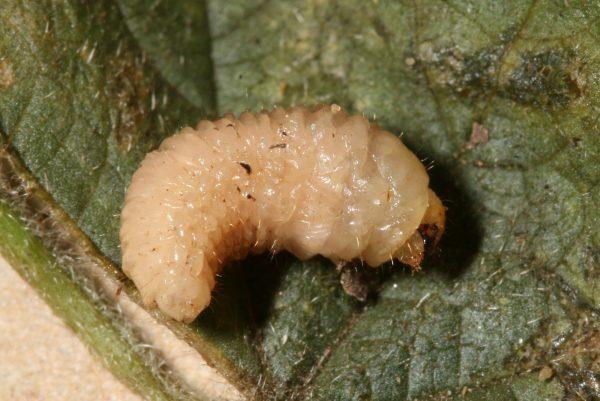
whitefringed-weevil-larva-Andrew-Weeks-Cesar-Australia-600×401.jpg from: https://cesaraustralia.com/pestnotes/weevils/whitefringed-weevil/whitefringed-weevil-larva-andrew-weeks-cesar-australia/
Exploring the Fascinating World of Leucoloma rutenbergii var. perrotii Renauld Moss
Leucoloma rutenbergii var. perrotii Renauld is a captivating species of moss belonging to the Dicranaceae family. Commonly known as Leucoloma, this tiny but mighty plant plays important ecological roles and boasts unique adaptations. In this blog post, we’ll dive into the details of this fascinating moss and discover what makes it so special.
Background on Bryophytes and Mosses
Before we explore Leucoloma rutenbergii var. perrotii specifically, let’s briefly cover some background on
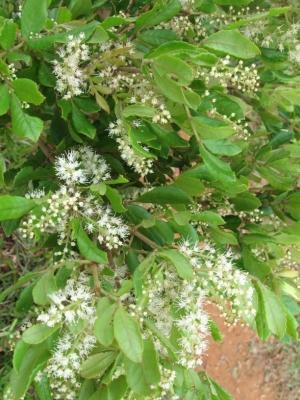
295b832e23b41d9447cc409496db876ee0ca6b3b_300px.jpg from: https://tropical.theferns.info/viewtropical.php?id=Weinmannia rutenbergii
bryophytes and mosses in general. Bryophytes are non-vascular plants that include mosses, liverworts, and hornworts. They lack true roots, stems, and leaves like vascular plants. Instead, they have rhizoids for anchoring, stems called setae, and leaf-like structures called phyllids.
from: https://www.pilzforum.eu/board/thread/12714-octospora-leucoloma/
Mosses, which are classified under the division Bryophyta and class Bryopsida, are small flowerless plants that typically grow in dense green clumps or mats in damp or shady locations. There are over 12,000 species of moss that play key roles in ecosystems worldwide.
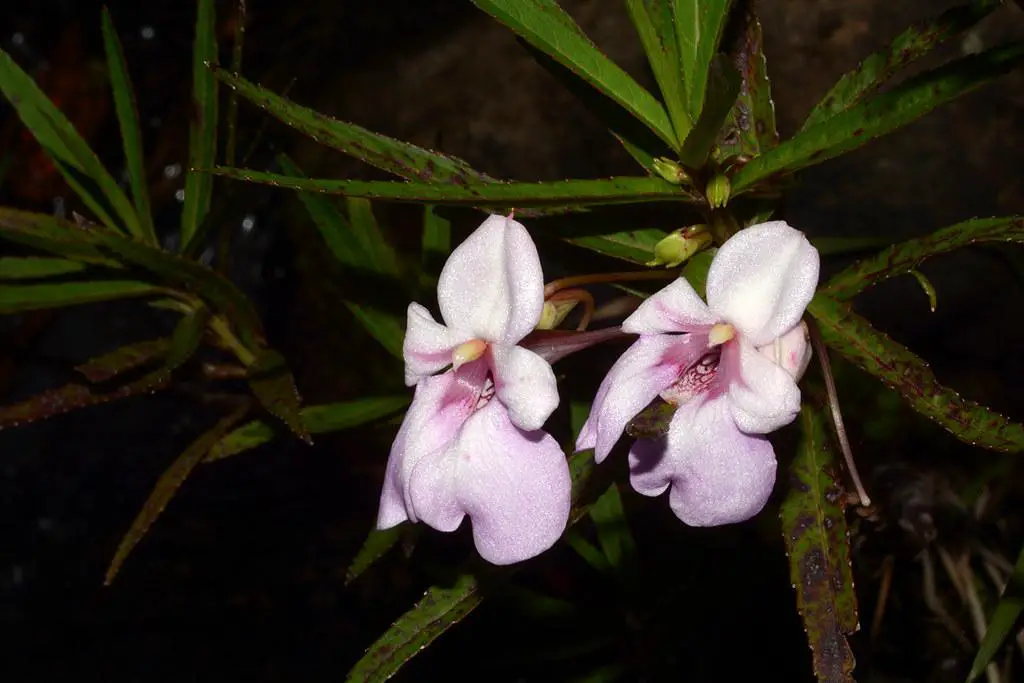
51333738842_21be72d4a9_b.jpg from: https://www.flickr.com/photos/52033111@N08/51333738842/
Morphology and Identification of Leucoloma rutenbergii var. perrotii
Now let’s focus on the star of this blog post: Leucoloma rutenbergii var. perrotii. This moss is characterized by:
- Densely tufted growth form
- Lanceolate leaves with a broad, sheathing base
- Leaves with a distinct border of elongated cells
- Costa (midrib) ending below the leaf apex
- Lamina cells short and irregular in shape
The specific epithet “rutenbergii” honors the German physician and naturalist Diedrich Christian Rutenberg who collected plants in Madagascar. The varietal name “perrotii” refers to the French botanist Eugène Pierre Perrot.
Global Distribution and Habitat
Leucoloma rutenbergii var. perrotii is native to Madagascar and the Mascarene Islands in the Indian Ocean. It grows as an epiphyte on tree trunks and branches in humid montane forests, typically at elevations of 800-2000 meters above sea level.
Like many mosses, Leucoloma prefers habitats with high moisture and indirect light. It often grows alongside other epiphytic bryophytes and lichens in dense, spongy mats that help retain water.
Ecological Roles and Adaptations
Despite its small size, Leucoloma rutenbergii var. perrotii plays several important ecological roles:
Water and nutrient cycling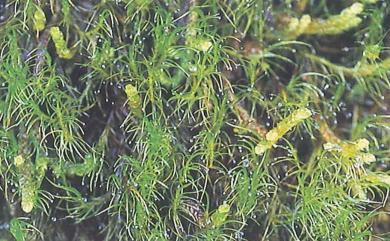
ea618f0f725517b65e1c9ace47ea3f44.jpg from: https://taieol.tw/pages/8574
: The dense mats formed by this moss help trap and retain water, regulating moisture in forest ecosystems. They also accumulate organic matter and nutrients that enrich the soil when the moss decomposes.
Providing habitat: The complex architecture of moss mats provides microhabitats for diverse communities of invertebrates, fungi, and other microorganisms. Many insects and other small animals use mosses for shelter, camouflage, or as a place to lay eggs.
Pioneering disturbed sites: Mosses are often among the first plants to colonize disturbed areas like landslides or burned forests. Their ability to grow on bare substrates and accumulate biomass helps pave the way for the establishment of larger plants.
To thrive in its native habitat, Leucoloma has several key adaptations:
Desiccation tolerance: Like many mosses, Leucoloma can survive periods of drying out by going dormant and then quickly rehydrating when moisture is available again. This adaptation is crucial for life as an epiphyte where water can be limited.
Leaf structure: The distinct border of elongate cells and costa ending below the apex are adaptations that help Leucoloma regulate water loss and retain moisture in its tissues.
Asexual reproduction: While Leucoloma can reproduce sexually via spores, it also has the ability to clone itself through structures called gemmae. This allows it to quickly propagate and spread locally.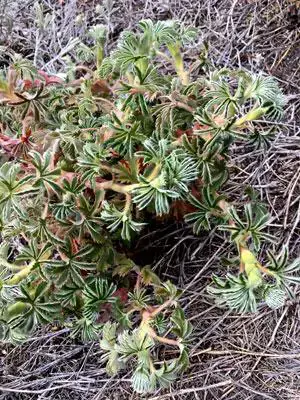
alchemilla_rutenbergii1b.jpg from: https://www.botanywebsite.com/flora_of_madagascar/index.php?page=Alchemilla_rutenbergii
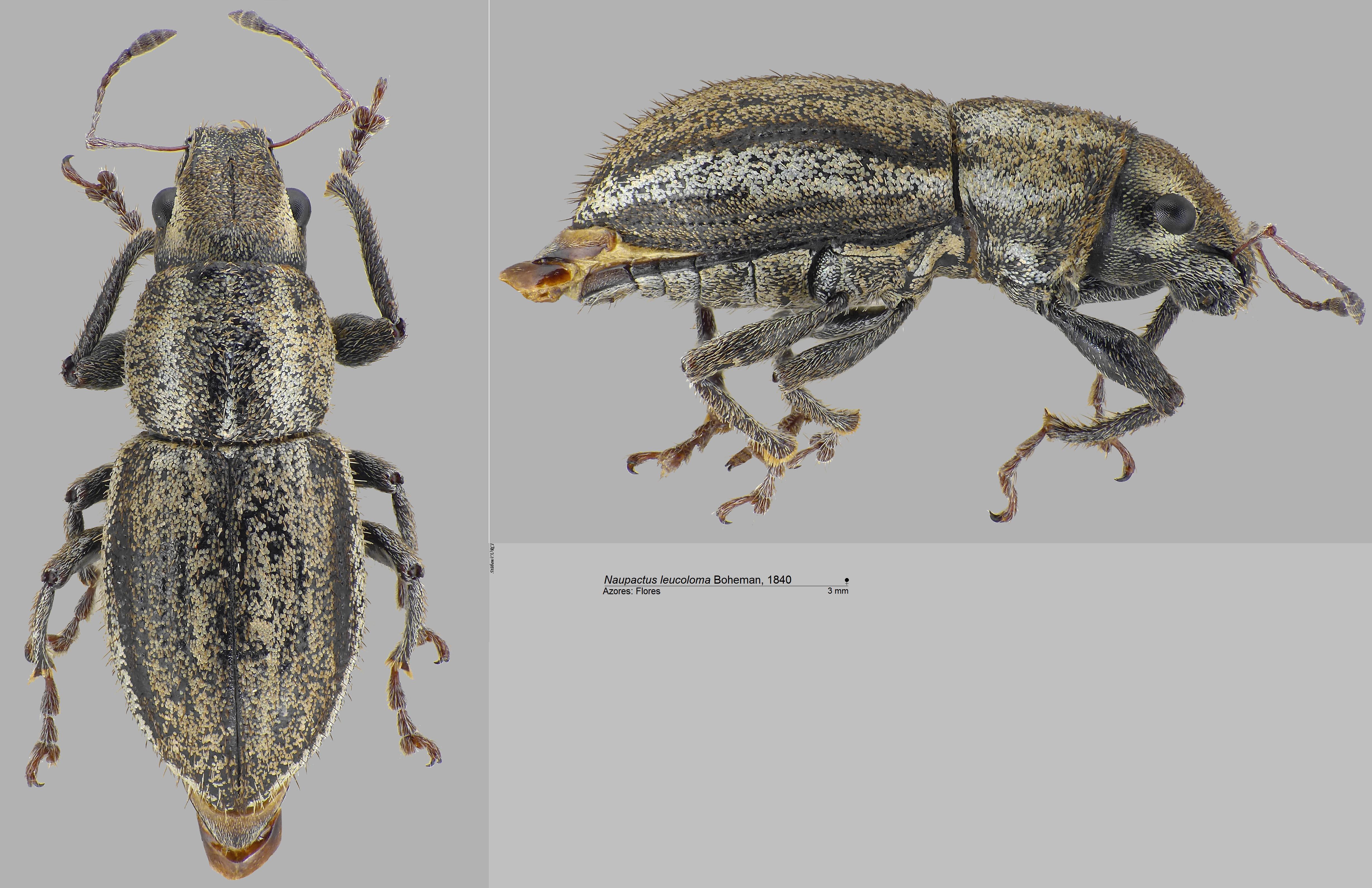
1562923323.jpg from: http://azoresbioportal.uac.pt/pt/especies-dos-acores/naupactus-leucoloma-7918/
Conclusion
From its unique morphology to its important ecological roles, Leucoloma rutenbergii var. perrotii is a prime example of how even the tiniest organisms can have a big impact. The next time you spot a mat of moss on a tree branch, take a closer look – you may be gazing at a miniature world teeming with life!
What other secrets do you think bryophytes hold? By studying small but mighty plants like Leucoloma, we can gain a greater appreciation for the complexity and resilience of life on Earth.
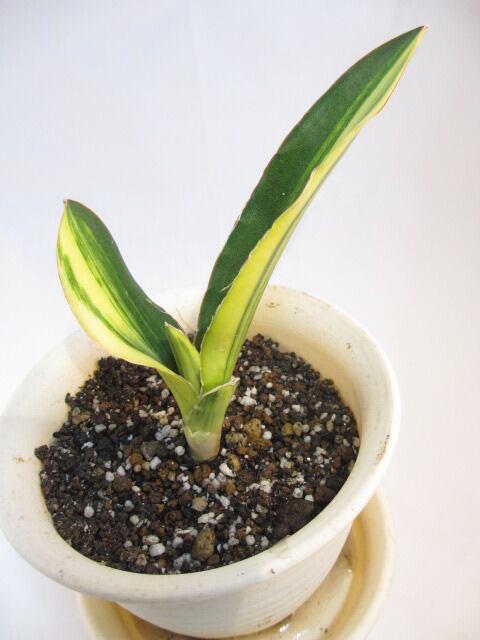
f87579777588c3750c2d8a73d81f8dcd.jpg from: https://coolplants.thebase.in/items/138616
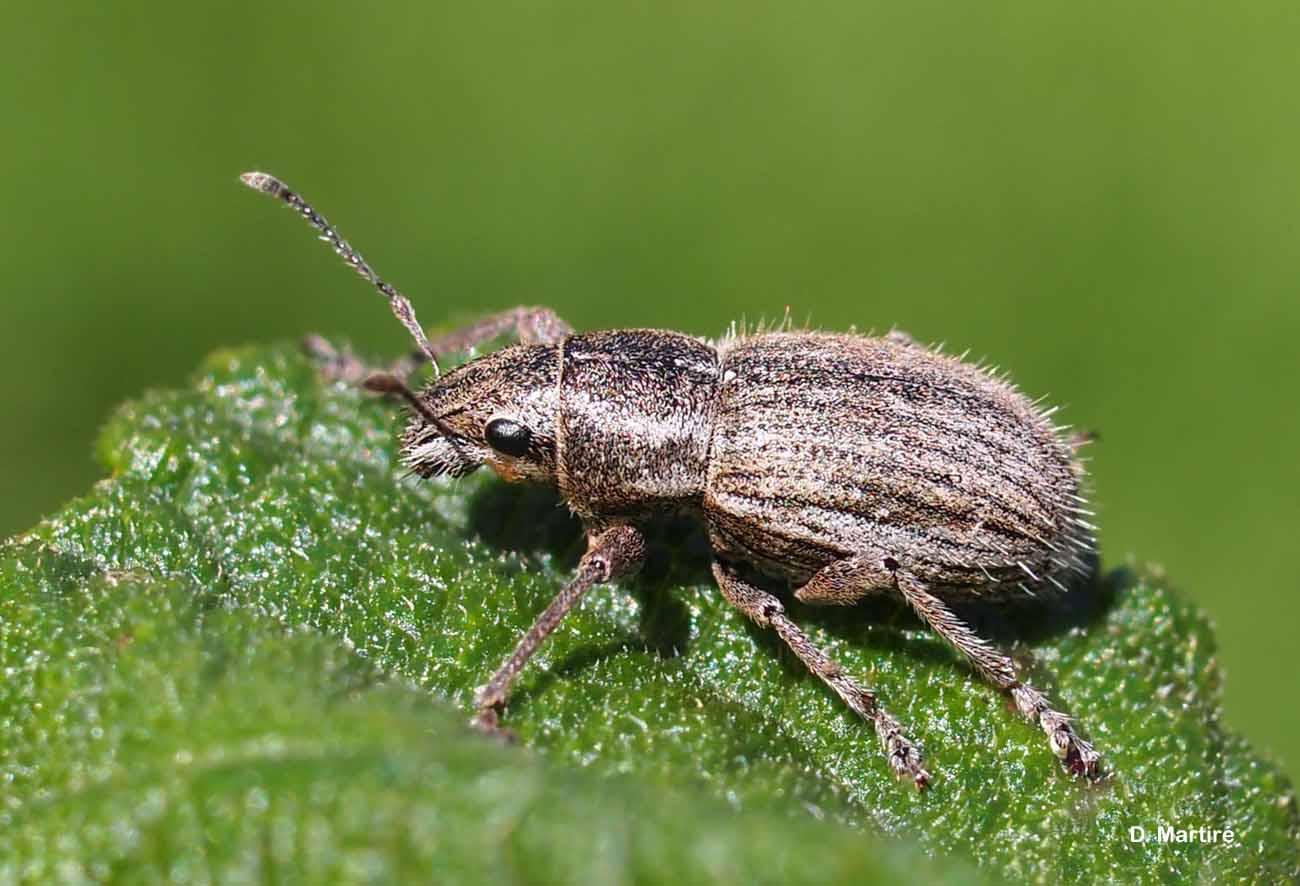
96265.jpg from: https://inpn.mnhn.fr/espece/cd_nom/327774
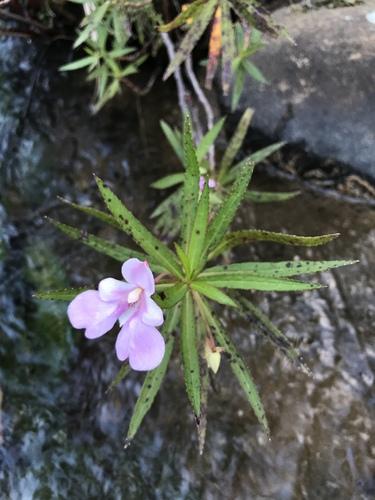
medium.jpg from: https://www.inaturalist.org/taxa/460694-Impatiens-rutenbergii